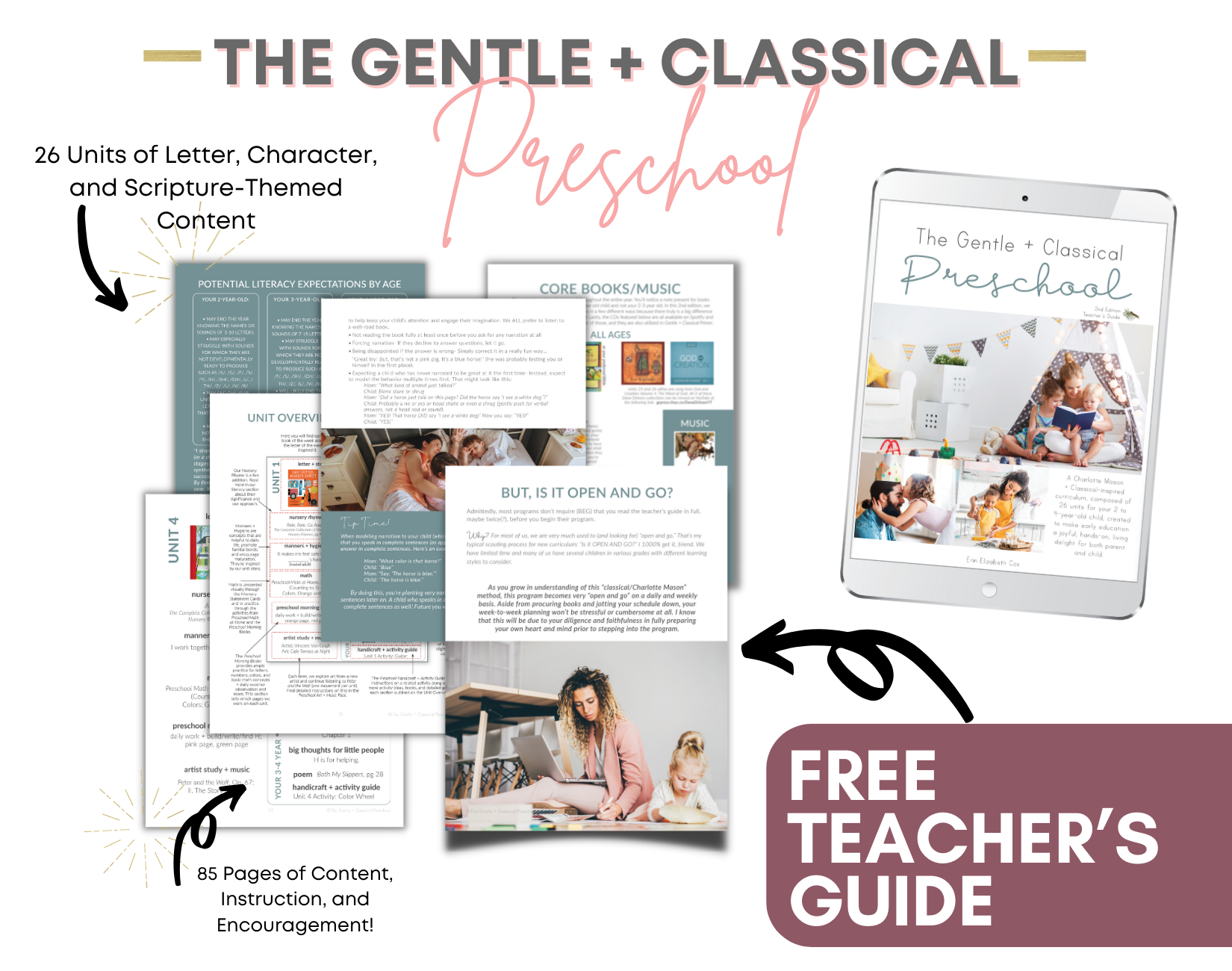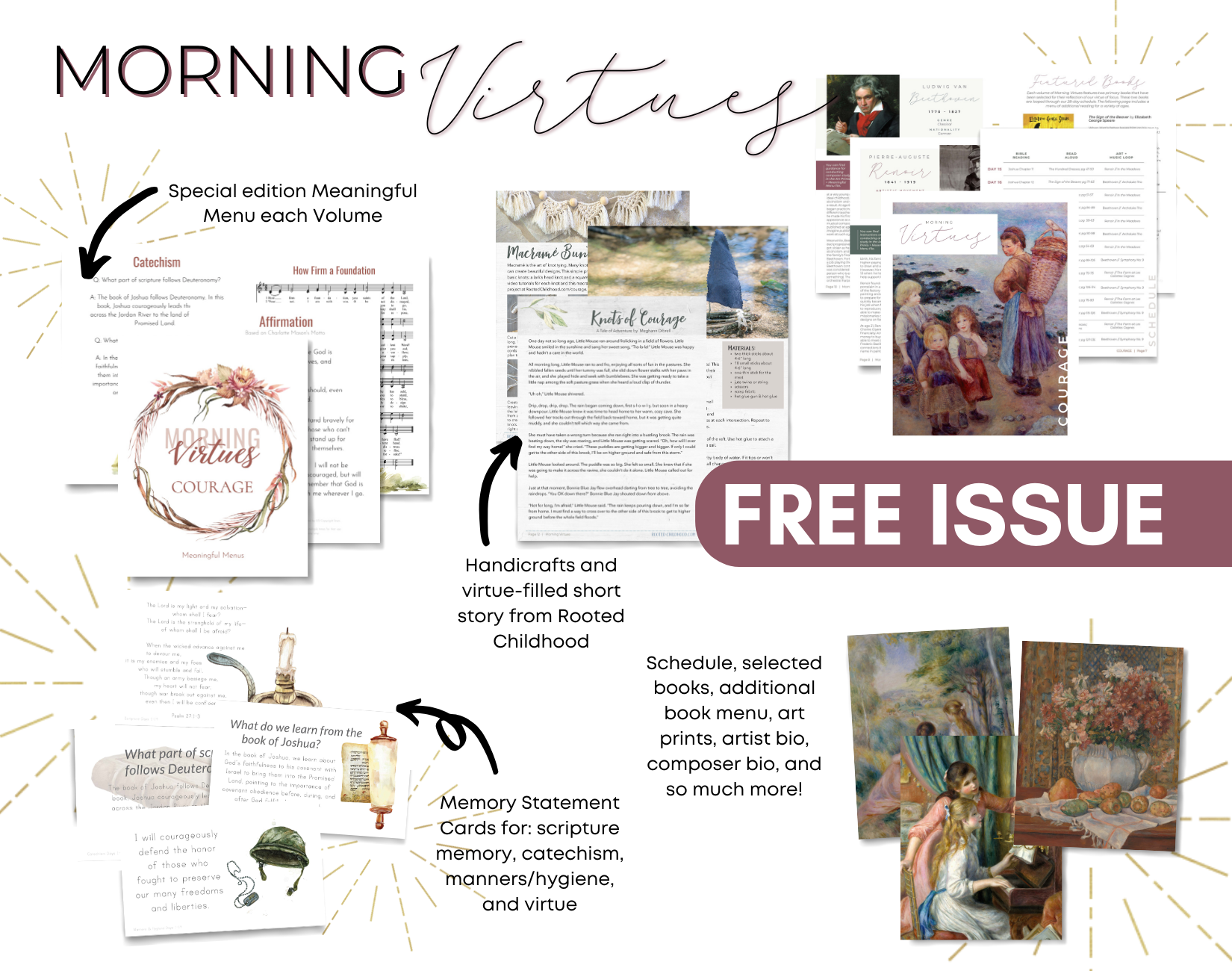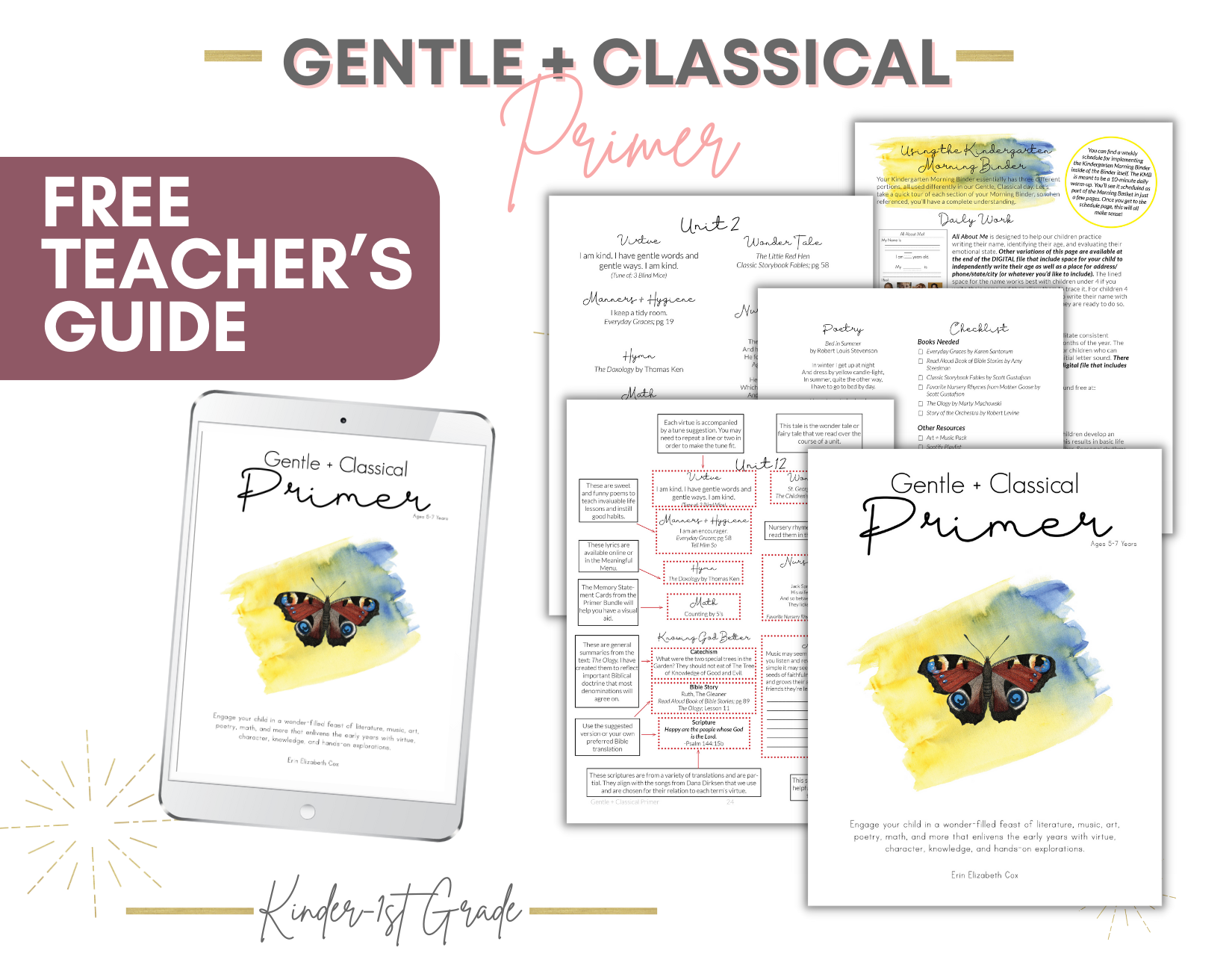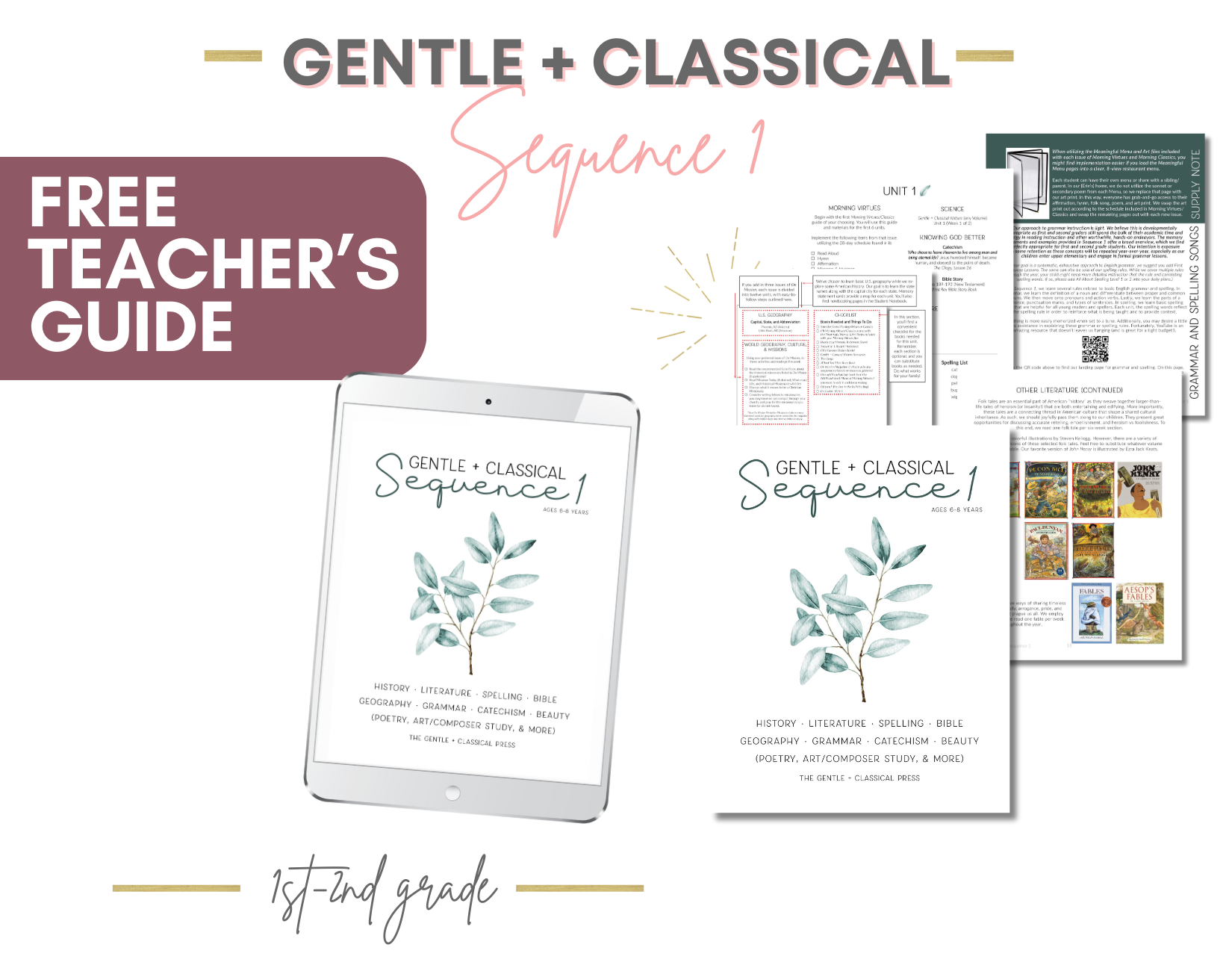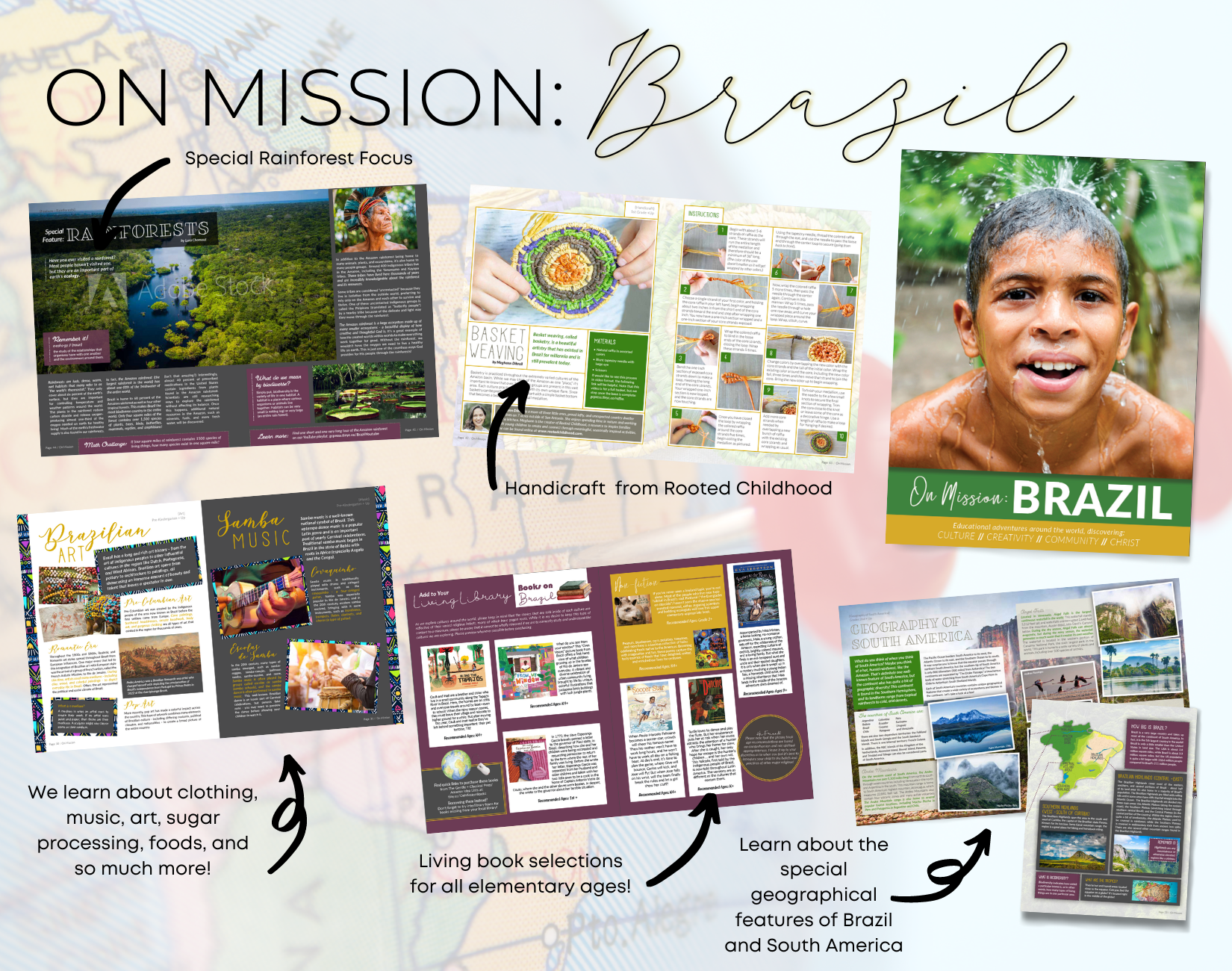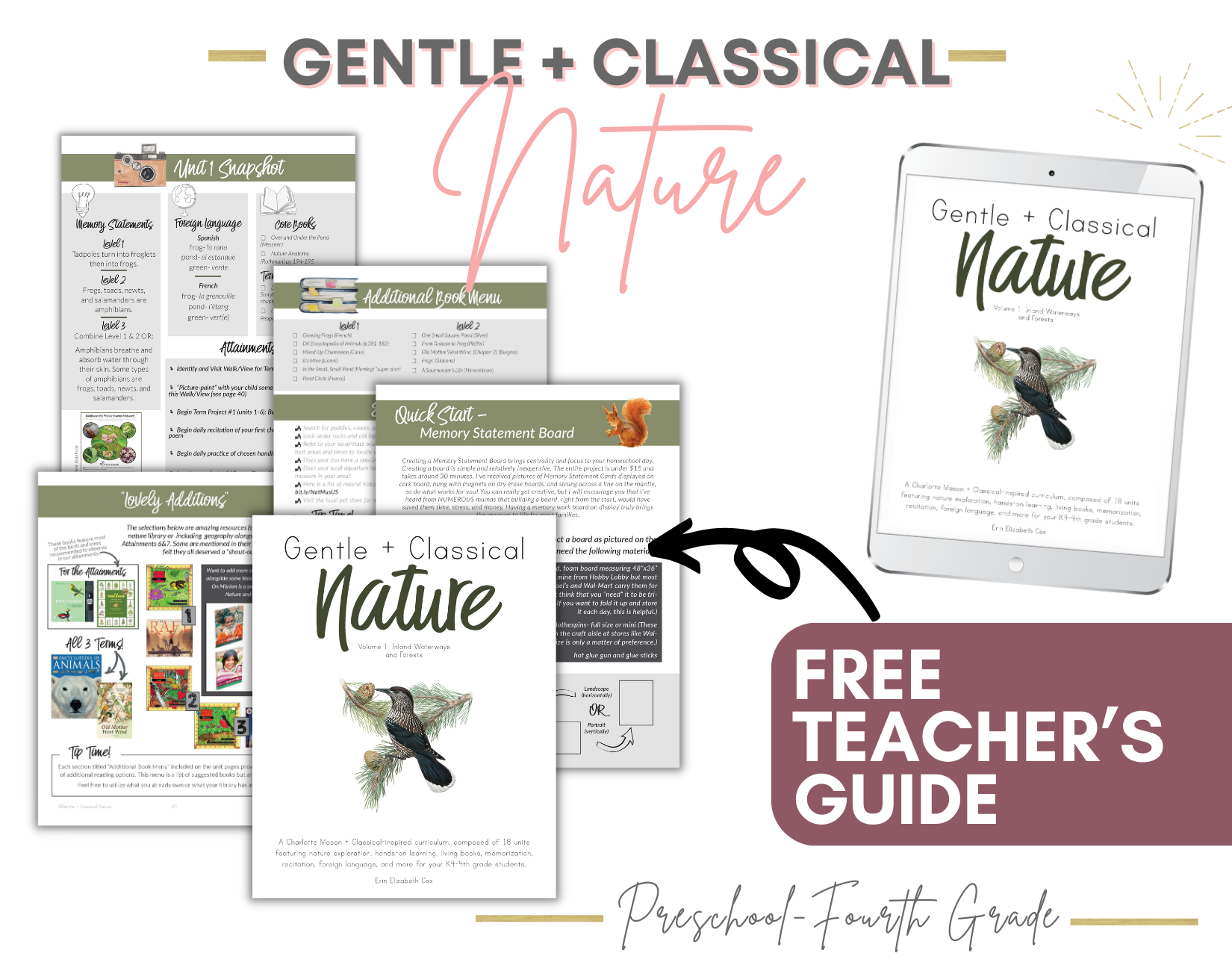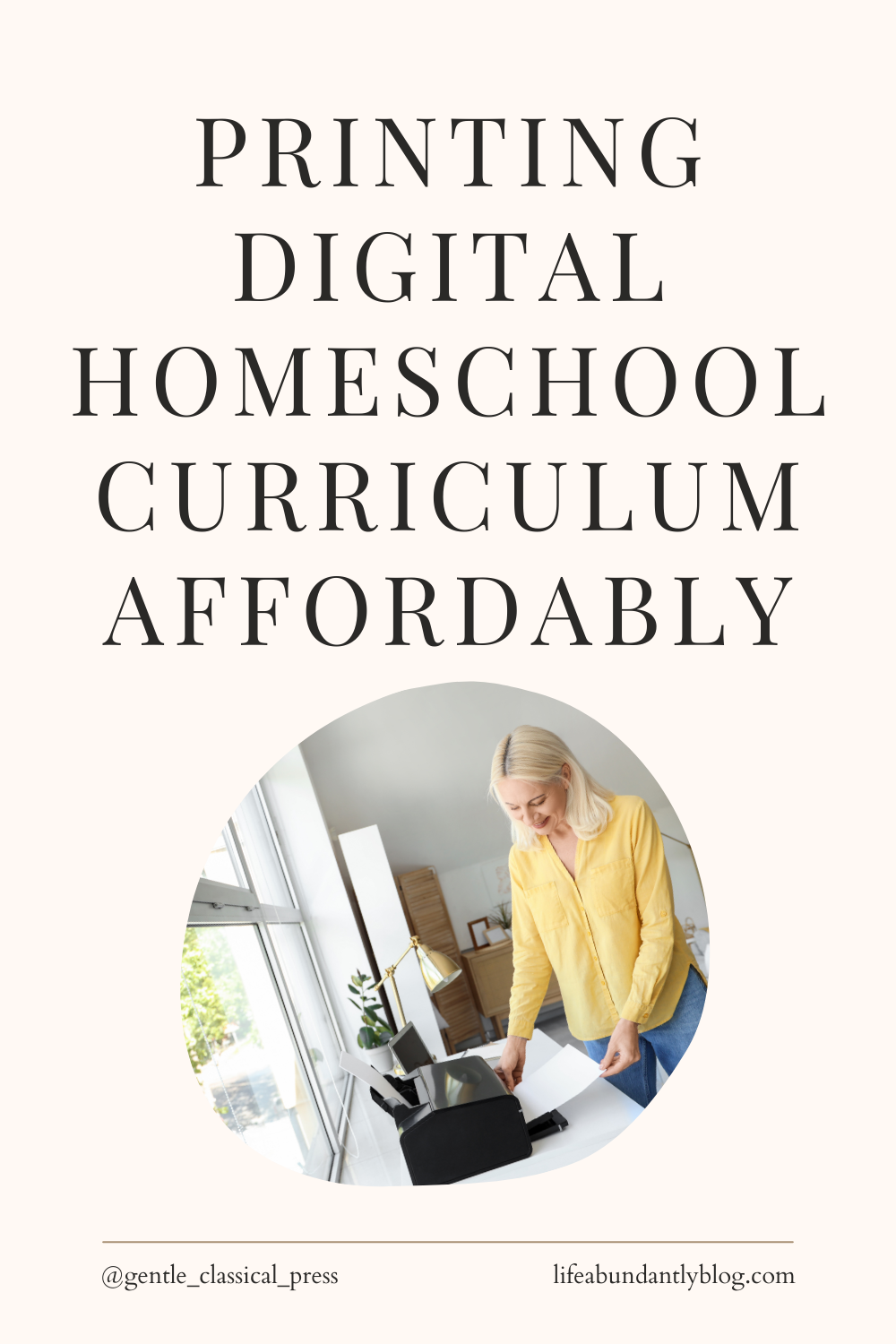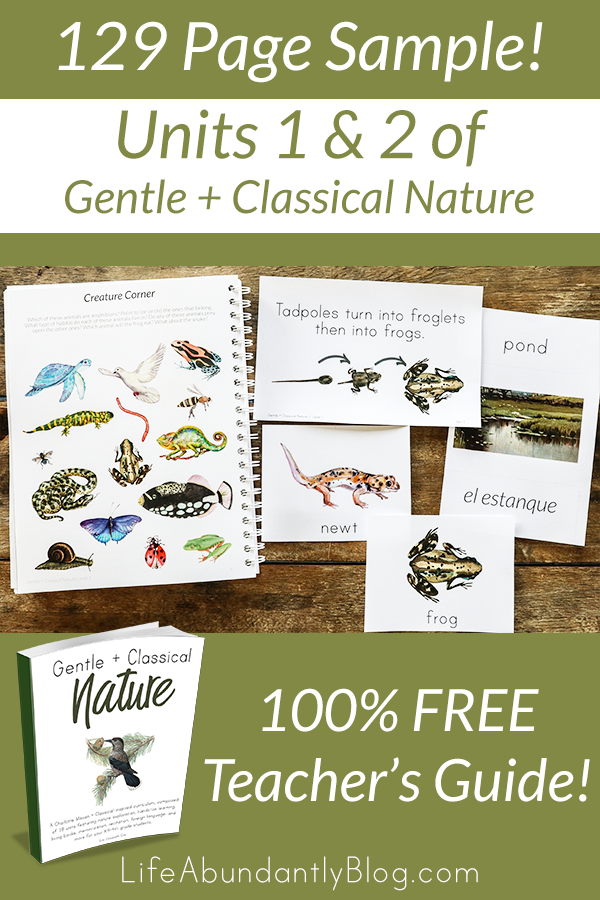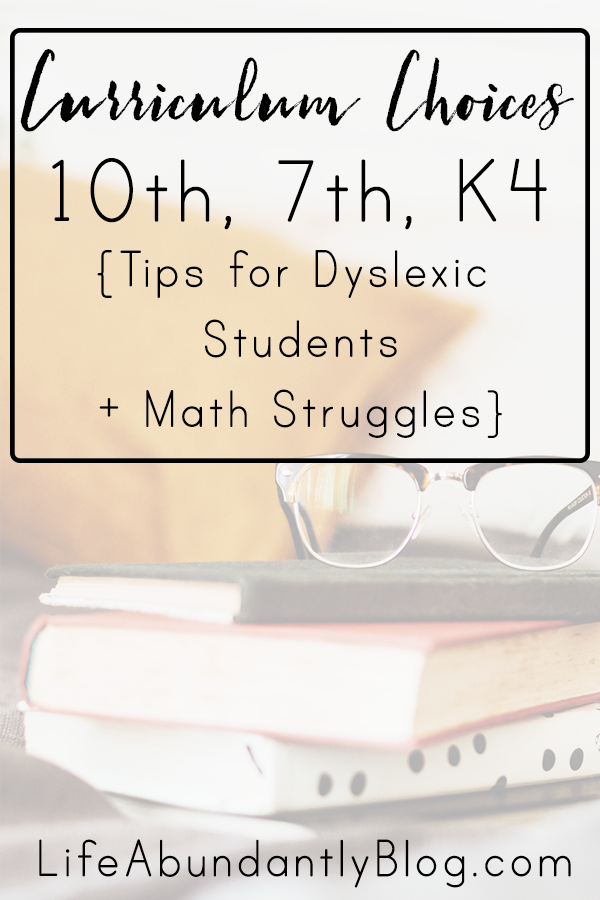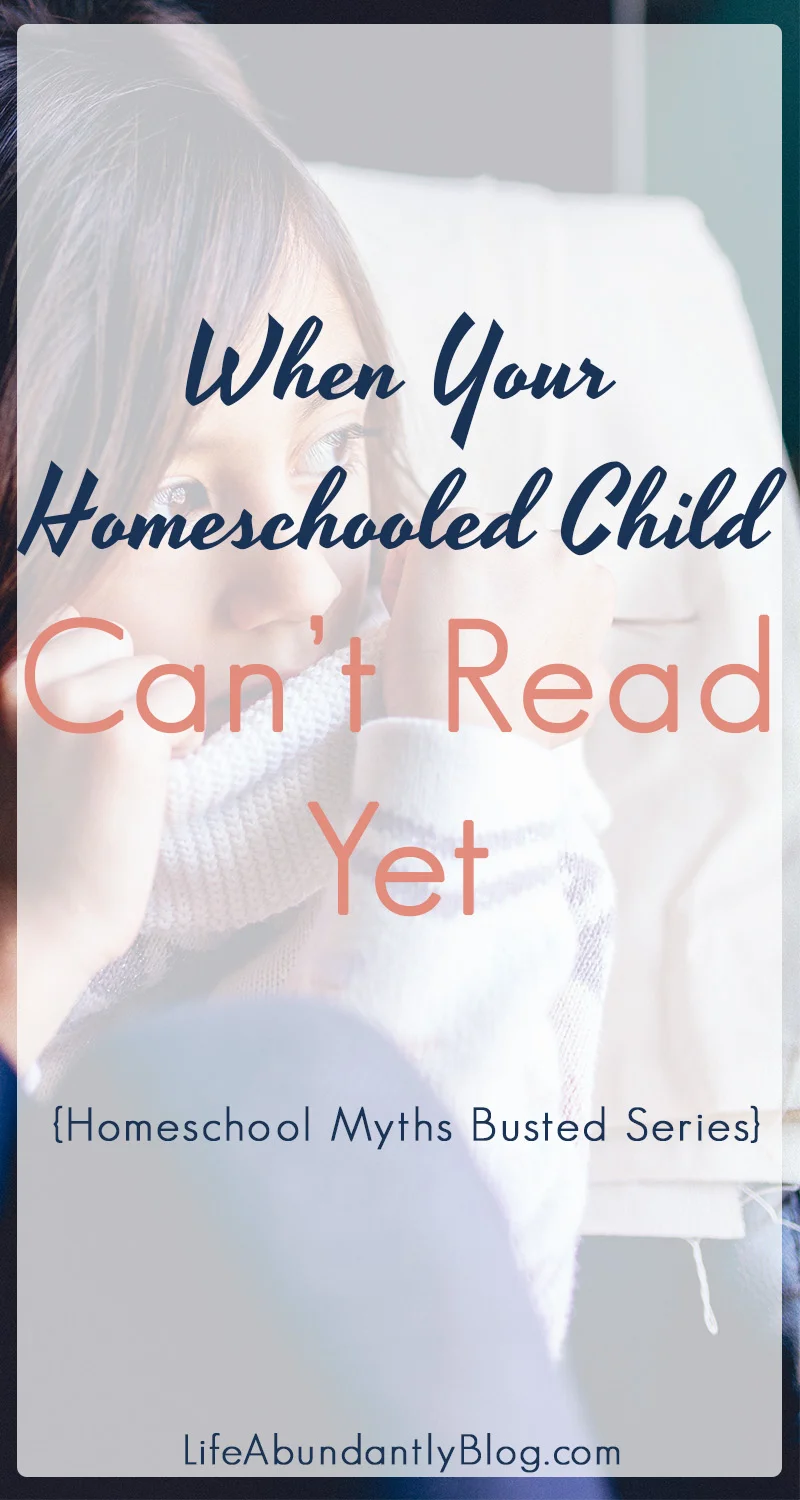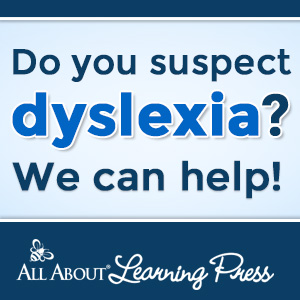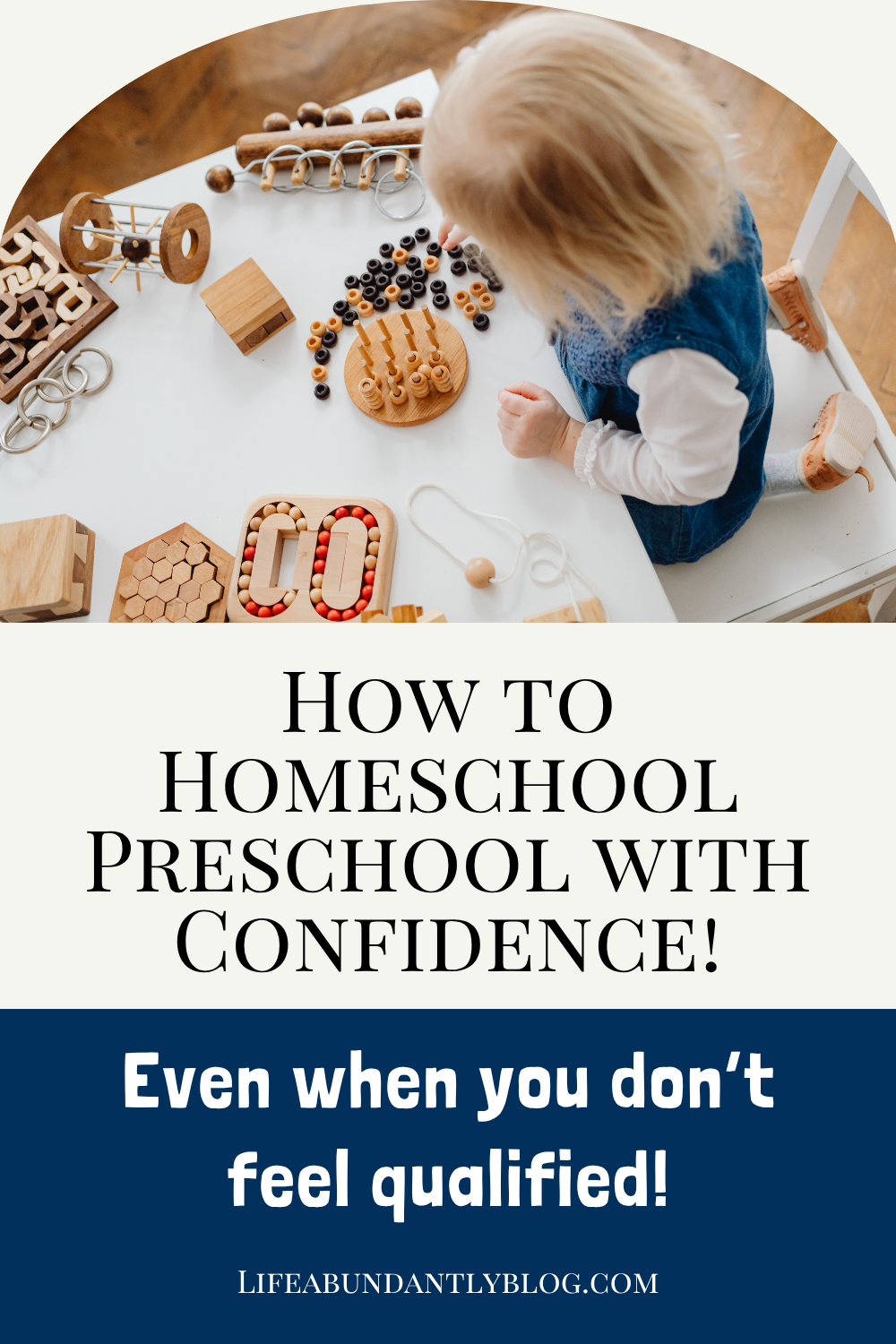Review of Foundational Phonics Program
/You may have noticed—if you’ve browsed this blog much—that I’m an enthusiastic supporter of All About Reading. So, it may come as a surprise that I’m sharing a review for a different phonics curriculum.
When the author of Foundational Phonics, Ariel Gunther, reached out to me with her gentle phonics program, I was more than intrigued. As we worked for years to get my dyslexic daughter reading on grade level, we tried more than a handful of programs. That process—along with the success my friends have had with All About Reading—left me looking through Foundational Phonics with a discerning eye. So it’s only natural that as I share all I love (or might not) about Foundational Phonics, I’ll be making a few references to All About Reading as well.
What Is Foundational Phonics?
Foundational Phonics is a two-volume, complete “learn to read” program created by a homeschool mom (who is a homeschool grad herself) alongside her sister. Long story short (and you can read the thorough account here), Ariel created Foundational Phonics after searching for a TRUE phonics program—one that was simple to implement, pleasant for the child, effective, and not costly.
I’ll go ahead and state up front that Ariel has curated an extensive and detailed FAQ section on her website, where she addresses the program’s relationship to the Orton-Gillingham and Spaulding methods. You can read those here, so I won’t seek to answer those questions in this review.
There are two volumes of the program—Letter Mastery (Book 1) and Word Mastery (Book 2). Let’s look at each of those in detail.
Book 1: Letter Mastery
You begin by teaching your child to identify letter names, but more importantly, the sounds they make. Each lesson includes:
An introduction to the letter (displayed in a variety of fonts)
A review of previous letter sounds
A “mouth gymnastics” exercise
The ASL sign for that letter
Charlotte Mason–friendly prompts (e.g., identifying words/objects that begin with that sound)
Letter searches
Drawing prompts
Copywork and letter matching
Beginning in Lesson 3, you start blending letters to create short 2- and 3-letter words. As you move through the 26 chapters, your child continues to learn letter sounds, decode more words, and soon read short sentences. At the back of Book 1 are high-quality, cardstock flashcards and sight word cards ready to tear out and use.
Book 2: Word Mastery
This volume jumps right into short vowel sounds and reading simple words (e.g., at, cat, mat, rat) with accompanying copywork. By Chapter 3, you’re tackling syllables, open and closed syllables, the sounds of “s,” consonant twins (ll, ck, ss), consonant couples (sh, ch, th), consonant blends (bl, cl, sp), vowel blends and couples, suffixes, silent letters, and “peculiar vowel sounds.”
Each chapter introduces new rules, offers ample reading and writing practice, and progresses quickly from one skill to the next.
PROS
1. Pre-reading readiness training is emphasized.
Before you begin the program, you're encouraged to start with "ear, tongue, and eye training." As a mom to a dyslexic daughter, I was ecstatic to see this addressed. The importance of the ability to discern the separate sounds in words cannot be overstated. These guidelines help train the ear to hear letter sounds in words, the mouth to say the individual phonemes, and the eye to see the letters as each sound is being learned. Encoding and decoding are nearly impossible without the ability to hear individual sounds or look at the work being presented while simultaneously listening to what's being said.
2. Blending begins quickly.
Another FAVORITE thing about the program is how quickly you move from learning a few letter sounds to blending those sounds together. I think it is incredibly encouraging to a child beginning to read that they don’t have to labor through all 26 letters before putting them to good use. Ariel mentions ages 3–5 as her target for beginning. My personal recommendation would be two-fold: Begin when your child is mature enough for reading instruction—meaning they’re instructable for at least 5 minutes and eager to learn—and when they're capable of the skills mentioned in point 1 above.
In contrast, All About Reading introduces all 26 letters in uppercase, then lowercase, then their sounds in the pre-reading book. It’s not until Level 1, Lesson 5 that the child begins to blend letters into words.
3. Engaging and multisensory.
I love the variety of ways in which the letter sounds are introduced and practiced. Whether it’s through visual picture searches, drawing, or copywork, children have the opportunity to interact with phonemes in multiple formats. I also really appreciate that these activities—copywork, flashcards, and instruction—are all in one book. You truly only need Book 1 to get started. Which leads to another HUGE pro…
4. Price!
There are so many phonics programs out there, across a wide price range. Each Foundational Phonics book is $48, or you can purchase both for $94. That’s an incredible price for such a thorough, complete, extensively thought-out reading program.
Even more? Book 2 could easily double as a spelling program, giving you more bang for your buck. It’s spiral-bound and well made, though all images are in black and white (which doesn’t bother me at all).
5. Short lessons, open-and-go format.
Each lesson can be beautifully short. I am currently using this program with my son who is 3 years 4 months. We began right after he turned 3. We are only on Lesson 5 because reading isn’t a high priority right now—we follow his lead fully at this age. Each lesson takes 3 minutes… literally.
The program is open-and-go (another plus!), so each day we review the letter sounds we’ve worked on so far. (He already knows many of them from LeapFrog Letter Factory!) We open to one activity and go through it in just a minute. Then we practice letter blending to create short words for just 1–2 minutes.
We alternate these lessons with reading Bob Books (which I’ll discuss in a moment). Even with an older (more attentive) child, lessons would take less than 20 minutes at most. The chapters in Book 2 are longer, so you’d likely take at least a week per chapter—maybe longer (I’ll touch on that in a second too).
CONS
1. Condensed format may not suit all learners.
For some students, the condensed nature of Foundational Phonics might not be ideal. In contrast to All About Reading (which has 5 levels), you're getting a full program in just 2 volumes.
While that’s financially amazing, for some students—especially those with learning differences—it may feel like too much content packed into each chapter. It reminds me of The Logic of English, which didn’t work for us due to the heavy pace. We stayed in each lesson for well over a month with my profoundly dyslexic child.
Even as an adult, I feel that Book 2 in particular includes multiple skills per lesson, which can be overwhelming. Yes, you can move at your own pace, but children may feel discouraged if they aren’t progressing through lessons quickly.
One solution? Start with Book 1. If your child seems to thrive, continue on. If not, consider switching to a slower-paced program that allows more frequent “wins” by completing shorter lessons. (Another suggestion: Create your own “skill tracker” and reward your child with a sticker for each new skill, rather than each lesson.)
2. No corresponding leveled readers.
There are no specific decodable readers that pair directly with Foundational Phonics. While Ariel does suggest picture books for each lesson, one of the biggest frustrations in early reading instruction is finding books that only include phonemes your child has learned—without tossing in random names or multisyllabic words.
This is where All About Reading shines. Its readers are perfectly aligned with phonics instruction. That said, I’ve found that Bob Books are a great supplement for Foundational Phonics to allow children to practice decoding more.
3. Picture search pages may be developmentally advanced.
This last con is relatively minor. In Book 1, most lessons include a page with a large, artistic image. The child is asked to find all objects that begin with a specific letter sound. While it’s a sweet idea, many of the “right” answers seem like a stretch for a 3–4 year old—some are verbs, others abstract objects.
We’ve stopped using this page. I understand the intention and see its value for older children, but for now, it’s not useful in our lessons.
Final Thoughts
While I did receive this program for free in exchange for an honest review, please know I do not mince words when it comes to reading instruction. Teaching a child to read—especially with dyslexia in the mix—can be heavy, confusing, and at times disillusioning.
If I didn’t believe Foundational Phonics to be excellent, I wouldn’t be recommending it.
That said, we’re still early in the journey. My little man is thrilled that he can blend letters and “make something.” I think this is a wonderful introduction to phonics and genuinely prefer it over the All About Reading Pre-Reading level.
But I’m also watchful. If we hit stumbling blocks later, I’ll likely use an AAR placement test and transition as needed. For families without a history of dyslexia or auditory processing struggles, I don’t think you’ll need to be quite as cautious.
I hope you'll head over to Little Seedlings Press and read more reviews and see more pictures of Foundational Phonics in action!

